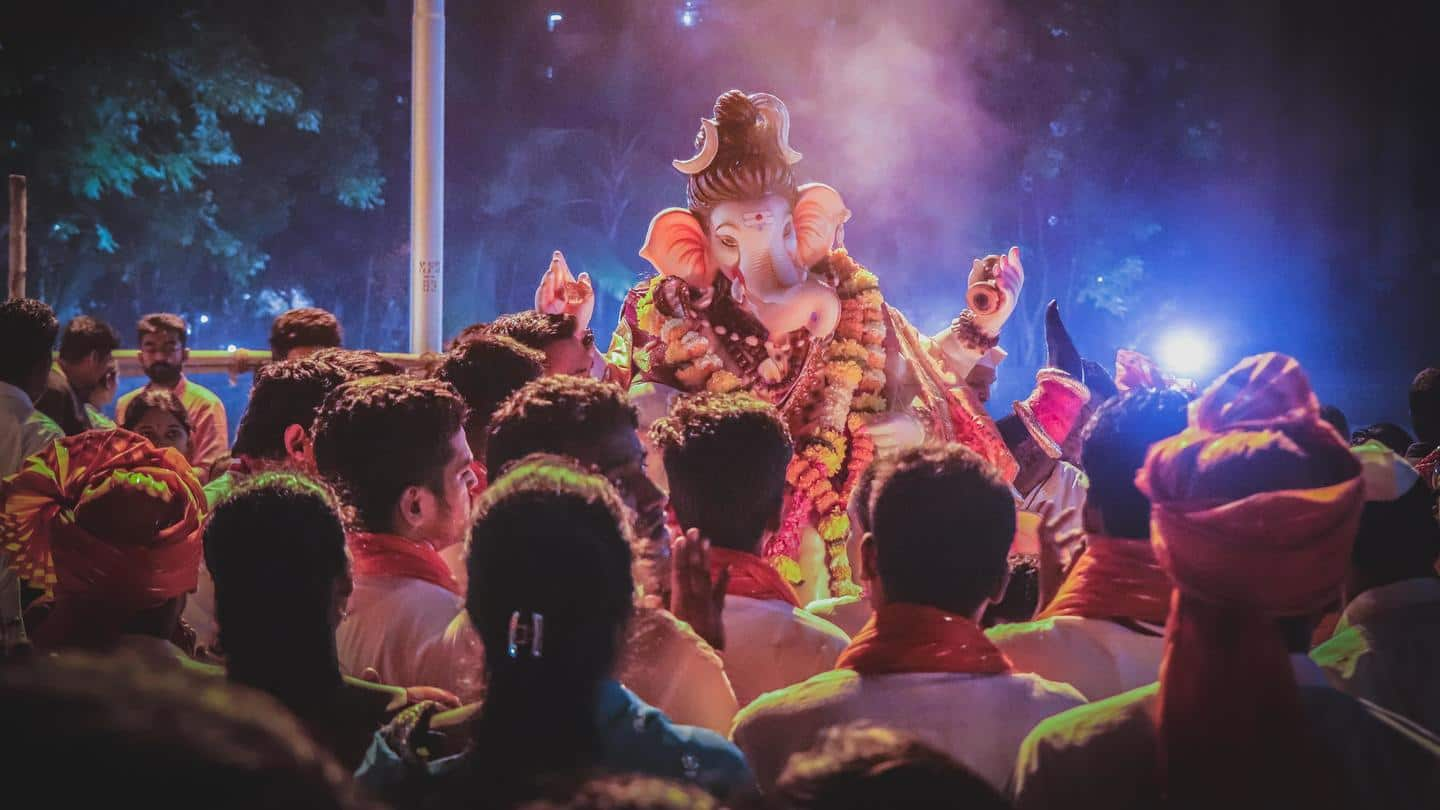
Ganesh Chaturthi 2022: History, significance, rituals, and more
What's the story
Also called Vinayak Chavithi, the auspicious festival of Ganesh Chaturthi is celebrated for 10 days every year.
The celebration marks the birthday of the elephant-headed Lord Ganesha, who's known as the god of wealth, wisdom, sciences, and prosperity.
In fact, he has 108 different names like Gajanan, Vinayak, Vighnaharta, and many more.
From history to rituals, here's everything you should know about this festival.
Lord Ganesha's birth
Theory 1: Lord Ganesha was born out of Parvati's dirt
Lord Ganesha was born out of the dirt from Parvati's body in the absence of Shiva. She gave him the task to guard her bathroom door while she took a bath.
Ganesha, who didn't know who Shiva was, stopped him. This angered the latter and he severed Ganesha's head.
As Parvati got enraged, Lord Shiva ensured bringing Ganesha back to life.
Information
Read further
Devas were sent to find Ganesha's head, however, they could only find that of an elephant. Shiva fixed the elephant's head on the child's body and that's how he was brought to life again.
Lord Ganesha's birth
Theory 2: Lord Ganesha took birth to create obstacles
The second theory about Lord Ganesha's birth is that Devas requested Lord Shiva and Parvati to create Ganesha.
They wanted Ganesha to be Vignakarta (the creator of obstacles) for rakshasas (demons), and Vignaharta (the averter of obstacles) for Devas.
Hence, people worship the deity to be free of sins and lead them to the path of knowledge and wisdom.
Significance
From a private affair to public festival
Ganesh Chaturthi has been celebrated since the time of King Shivaji.
It was during India's freedom struggle that Bal Gangadhar Tilak changed Ganesh Chaturthi from a private celebration to a grand public festival.
Over the course of time and rising pollution concerns, people across India have started celebrating this festival in an eco-friendly way.
Idols are made of clay, with flowers used for dresses.
Four stages
The grand rituals of this 10-day festival
The 10-day celebration of Ganesh Chaturthi features four main rituals namely Pranapratishhtha, Shhodashopachara, Uttarpuja, and Ganpati Visarjan.
Pranapratishhtha is about placing the deity's idol in the pandal, whereas Shhodashopachara includes musical performances, prayers, and decoration.
While Uttarpuja is about removing the lord's idol from his pandal and dressing for immersion, the final stage of Ganpati Visarjan is when it is immersed in the water.
Festivities
Celebrations and all that jazz
The excitement of Ganesh Chaturthi starts settling in a week before with artisans crating beautiful Ganesha idols.
Those celebrating decorate the lord's pandal with flowers, lights, clothes, and diyas to welcome the deity into their home.
Prayers are offered for 10 consecutive days. People also dance to drum beats and light up the sky with fireworks.
They also cook delicious offerings at home.